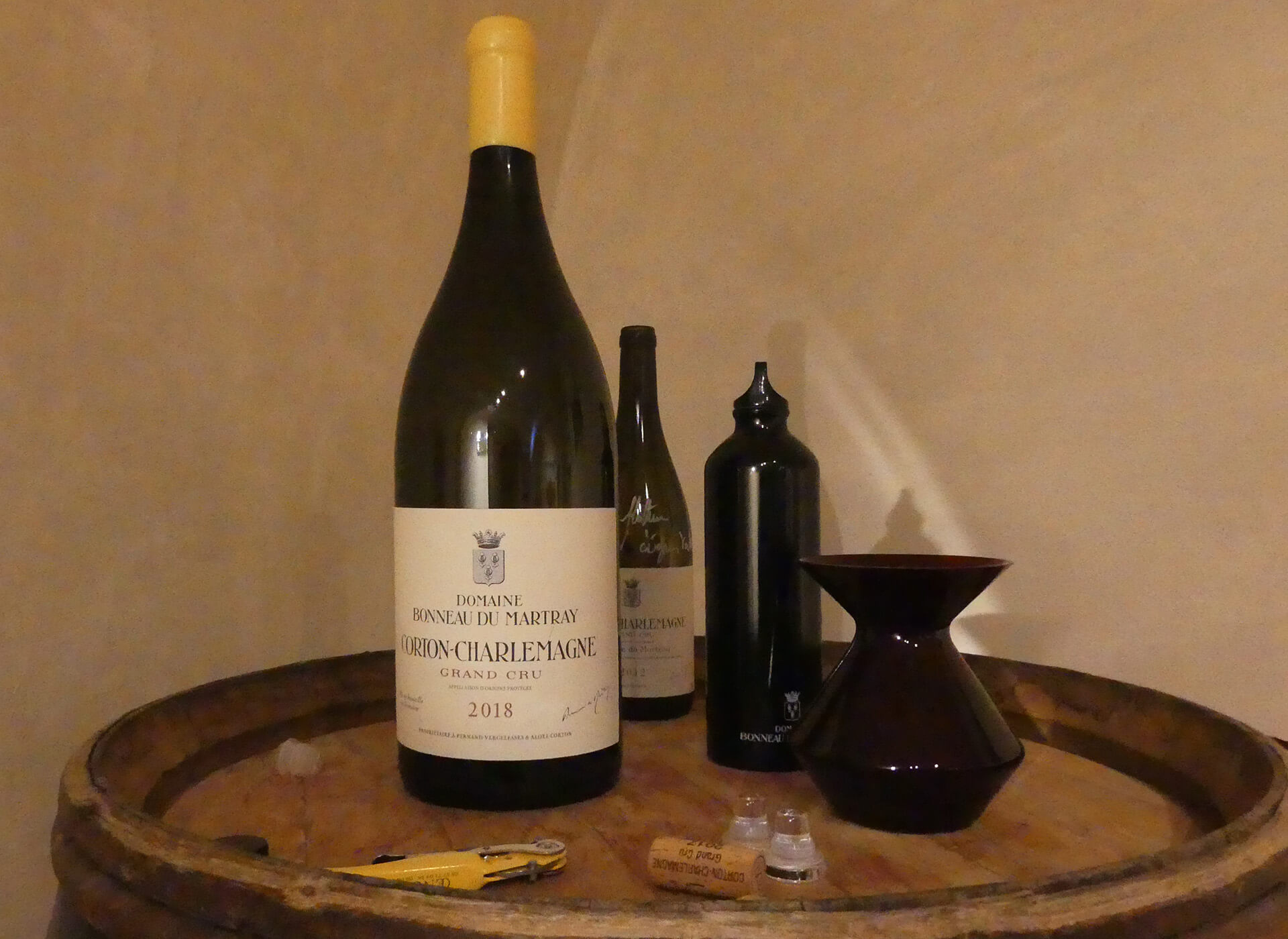
Domaine Bonneau Du Martray
Presentation of the Domain Bonneau Du Martray
-
Bonneau Du Martray: The essential
- The Bonneau Du Martray estate was founded in 1835
- 11 hectares of vines located on the hill of Corton: 1 site, 2 grands crus
- 9.5 hectares of Corton Charlemagne grands crus planted in 3 microclimates and 9 types of soil. 100% Chardonnay grape varieties
- 1.5 hectares of Corton grands crus spread over 3 plots (Fendarde, La Plante de rouge and Les Travers bas). 100% pinot noir grape varieties
- Certified biodynamic since 2013 and certified organic
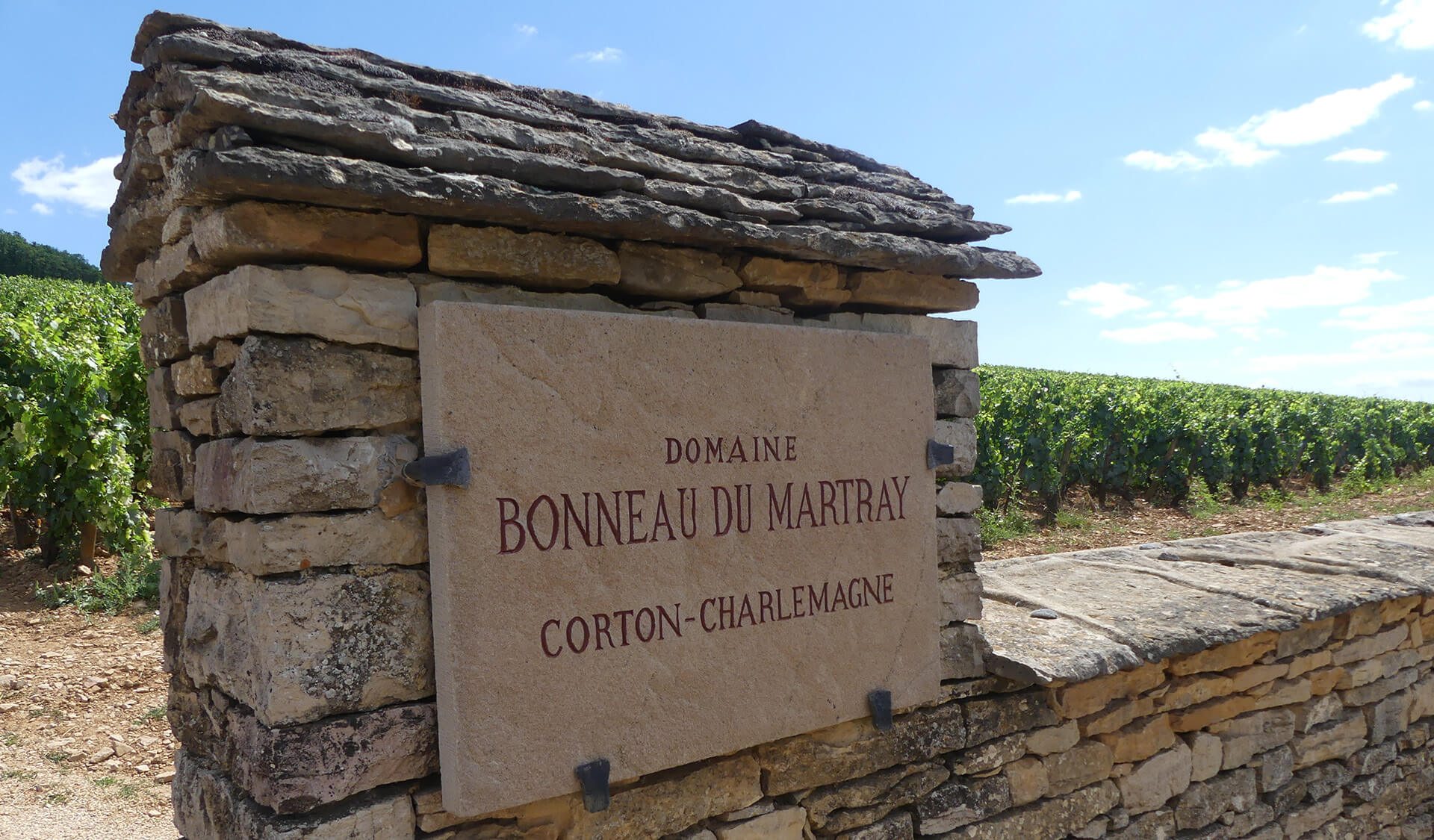
-
The history of the Bonneau Du Martray estate
Act 1: The origin of the vineyards of the hill of Corton
The origins of the vineyards of the Bonneau Du Martray estate date back to the 8th century AD when the Carolingian Emperor Charlemagne, a large owner of vineyards, in particular vines in Corton, set up "precise rules for the production and maintenance of quality viticulture. at the service of all »
History tells us that the Emperor, endowed with a great sense of observation, noticed that the snow on the hill of Corton was melting faster than the other sectors of the region. He therefore ordered his men to plant vines, so that they would benefit from the very special light exposure of this location. At that time, Charlemagne was far from imagining that he was going to lay the first stone in the building of what will be more than 1000 years after the Charlemagne climate, one of the most prestigious Grands Crus of Burgundy and one of the greatest wines in the world.
Act 2: The Benedictine Abbey of Saulieu
Only a few years after being planted, the vines of the hill of Corton were donated by the Emperor Charlemagne to the Abbey of Saulieu in 775. The Benedictine monks being the most at the forefront of viticultural techniques at the time, they were for Charlemagne the most apt to sublimate and make shine the wines of the kingdom. Thus, the reputation of the vineyards of Corton only grew over the centuries throughout the world.
Act 3: The birth of the Bonneau Du Martray estate
Following the French Revolution of 1789, the new revolutionary government imposed by the law of July 9, 1790 the alienation of national property. All the ecclesiastical property of the church was confiscated in order to be sold. This is how the famous vines of the Charlemagne climate left the bosom of the church and were bought at auction by François Ray. A few years later, they were bought by Simon Very, who was behind the foundation of the Chanson estate.
Subsequently, Marie-Eugénie, daughter of Simon Very, married Charles Bonneau du Martray, descendant of the founder of the Hospices de Beaune. For her wedding, she brings as a dowry an inestimable heritage, 24 hectares of vines located in the communes of Pernand-Vergelesses, Aloxe-Corton and Volnay. Thus, in the 19th century, the emblematic Domaine Bonneau Du Martray was born, owner of all the prestigious climats of Charlemagne.
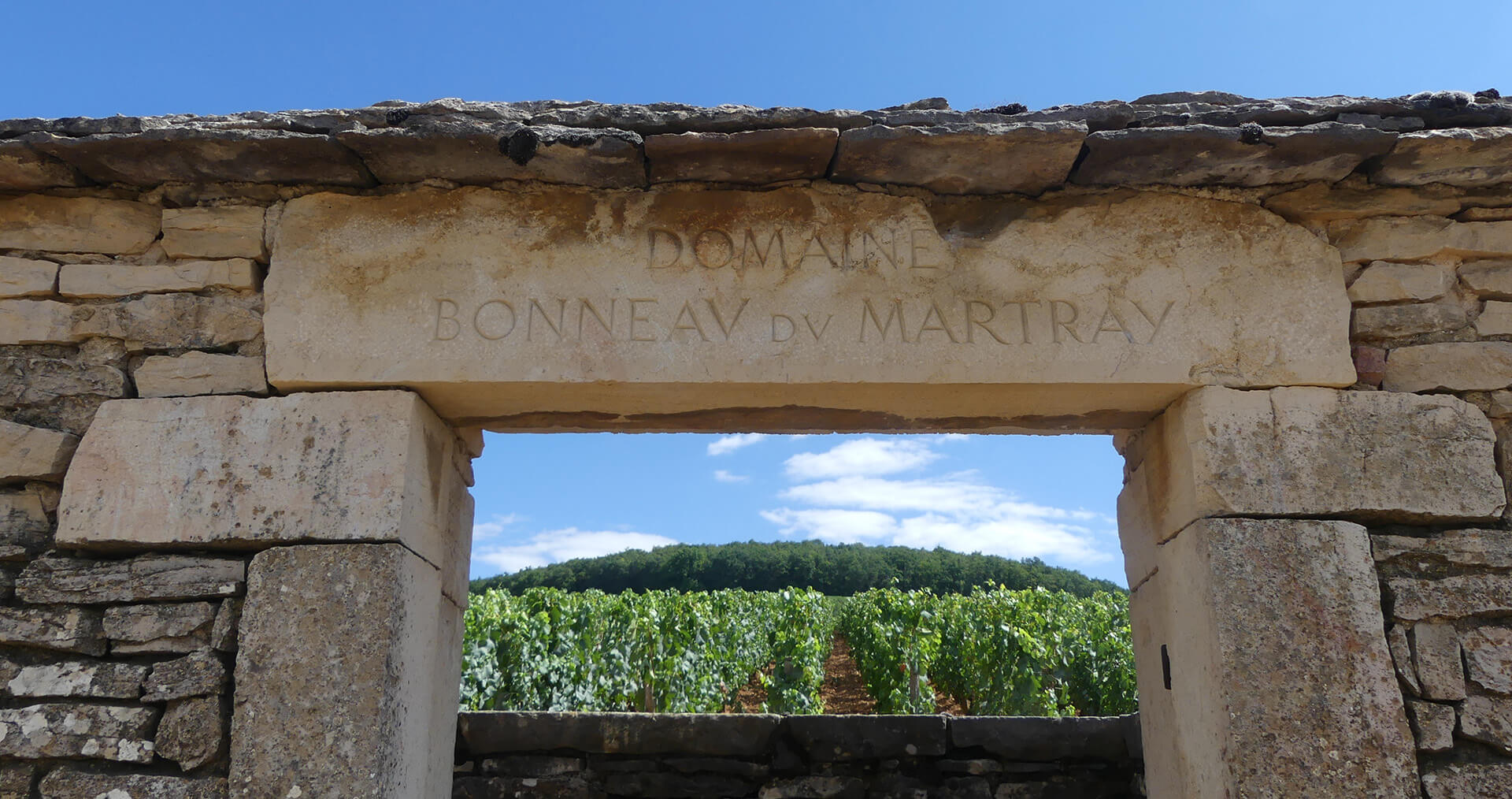
Act 4: The rise of the domain
Over the years, the reputation of Domaine Bonneau Du Martray continues to grow, with each generation contributing its stone to the building. Marie-Eugène, son of Marie-Eugénie, as well as René, son of Eugène were essential links in the history of the estate. Both going through the upheavals of history without suffering from them: the 1870 war, the first world war in 14-18, the second world war in 39-45, the phylloxera which ravaged the vines, … . It is thanks to the action and perseverance of Marie-Eugène and her son that the estate has managed to maintain its integrity during dark times.
However, it was after the death of René Bonneau du Martray that the estate took a decisive turn. René, having no children, bequeathed his property to his niece Alice Colonna de Giovellina, married to Jean le Bault de la Morinière. It is thanks to him that in 1969 the international recognition of the estate's wines began. He organized the export to many countries in order to make his two Grands Crus, Charlemagne and Corton, known throughout the world. Devoted entirely to the family vineyard, he perpetuates his activity by implementing means of combating soil erosion on the hill of Corton. He also set up means of temperature control, an innovative approach for the time, in order to guarantee fermentations in the best conditions. Thanks to his work and his determination, he succeeded in making the Bonneau du Martray estate a reference among the producers of great Burgundy wines.
In 1994, his son Jean-Charles le Bault de la Morinière took over the reins of the estate. With the aim of better understanding the complexity of living things and in order to preserve the integrity, vitality and diversity of the terroir, he gradually oriented the estate towards organic farming from 1997. The first biodynamic trials were launched. in fall 2004.
Thus, no less than five generations succeeded each other through the ages in order to raise the Domaine Bonneau Du Martray to the highest rank of the great wines of Burgundy.
Act 5: Respecting a Legacy
Great amateurs passionate about the world of wine and also owner of renowned vineyards in California, including the famous Screaming Eagle estate, icon of Napa Valley, it was in 2017 that E. Stanley Kroenke decided to serve history to his turn by acquiring the Bonneau Du Martray estate in order to pursue this quest for perfection and excellence that has marked the estate throughout its history.
The team of the domain having a perfect knowledge of the soil continues, day after day to ensure the daily life of the vines in order to continue and to sublimate the style Bonneau du Martray as well as its unique vineyard.
-
The vineyards of the Bonneau Du Martray estate
Corton hill: a unique site

"Remarkably rounded landscape and surmounted by a wooded cap, this thousand-year-old place seems blessed by gods and kings"
The climate of Charlemagne has a unique amount of sunshine, it is the only Burgundy Grand Cru to face west, which allows it to benefit from the rays of the sun for a good part of the day.
The vines being located at around 300 meters above sea level, this also allows it to escape the trailing fogs very present in the region in winter. Its orientation as well as its altitude allow the air currents descending from the valleys to ensure permanent ventilation.
Thus positioned at the crossroads of varied and beneficial influences, the grapes reach the optimal and essential maturity to deliver great wines.
“From this union between light, water, wind and earth, wines with exceptional character and aging potential are born. »
The hill of Corton is composed of 3 microclimates and 9 types of soil, distinct in the top, the heart and the bottom of the hill.
A color chart where false clays, silts, false marls as well as layers of limestone rock play, sometimes a few meters away, a variable role. This privileged location allows the Bonneau Du Martray estate to decline all the “sequences” of this terroir: altitude, lateral positioning, exposure, geology, slope inclination, soil drainage, etc…. A true mosaic of nature.
This is why only one viticulture is practiced on the whole of this sequence can translate the complexity and the most accomplished richness and allows to reveal with the greatest transparency the character of this great terroir.
“These micro-vineyards are like musical notes, they each bring a nuance allowing us to achieve overall harmony”
The vineyards of Corton Charlemagne
This appellation produces only white wine, with 100% Chardonnay grapes, spread over 9.5 hectares of vines. Facing west, the vines are bathed in sunshine and warmth all day long. In addition, the presence of the Bois de Corton at the top of the hill provides excellent soil drainage, as well as a great wealth of fauna and flora.
At the level of this plot, there are no less than 3 microclimates on 9 types of soil, all on a limestone base. These 3 microclimates can be broken down as follows:
- Top of the hill, made up of sandy marls from Pernand. This makes it possible to produce crystalline wines, the soil bringing minerality, salinity and an acid frame.
- Middle of the hillside, built on limestone silty soil on Corton stone. The grapes here are richer, bringing structure and texture to the wines.
- Pied de cote, meanwhile, is composed of complex calcareous colluvium which brings richness and power to the wines
These different types of soil are harvested and vinified separately. Before forming a unique and exceptional blend that is Corton Charlemagne from Domaine Bonneau Du Martray.
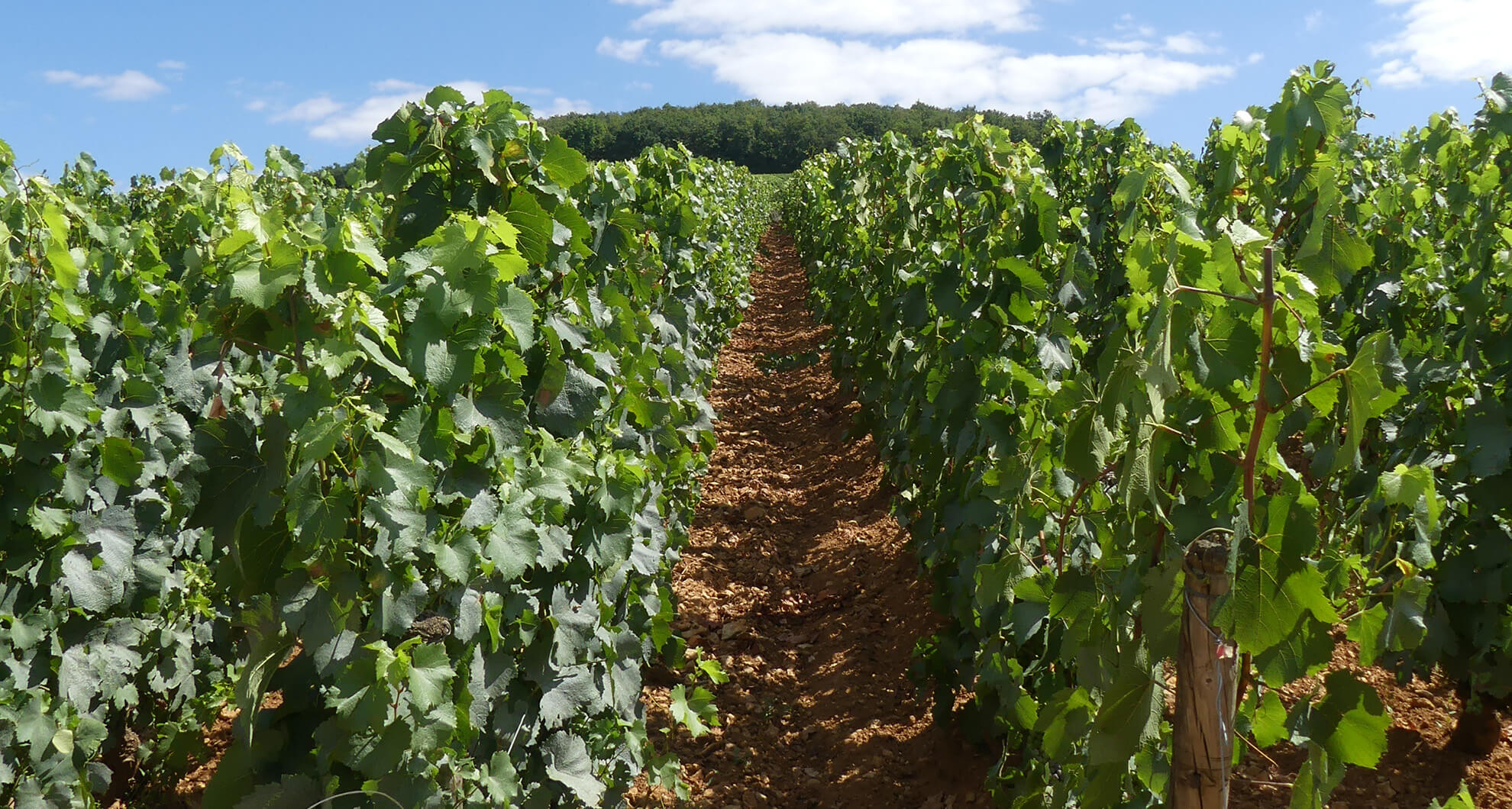
The vineyards of Corton
This appellation produces only red wine, with 100% Pinot Noir grape varieties, spread over 1.5 hectares of vines. Oriented to the West, as for the vineyards of Corton-Charlemagne, it benefits from the same sunshine and richness of fauna and flora. The vines are located in the lower part of the hillside, where the land shows a more intense red color and a greater proportion of clay, which offers the most favorable conditions for Pinot Noir.
There are a total of 3 different plots for this appellation, some of which may be excluded during the blending of the vintage. The plots are as follows:
- Plante rouge : planted in 1979, this plot offers us the wisdom of wine. These are clusters of small black marbles that bring delicate aromas of red fruits and spices, in a perfectly controlled density.
- Travers bas: this half plot was replanted in 2007. Its youth brings freshness, ardor and tonicity to the blend of this great wine. It completes the mid-palate with its crunchy side
- Fendarde: is the oldest plot of the estate, planted by the 3rd generation of the Bonneau du Martray family in 1949. This plot offers a fruity, elegant attack and a beautiful tannic structure. This plot of 62 ares has a different plant material, it can sometimes result in heterogeneous fruit, an atypical character that does not always go well with the final blend. (Part of the vines on this plot were uprooted in 2018 in order to be replanted.)
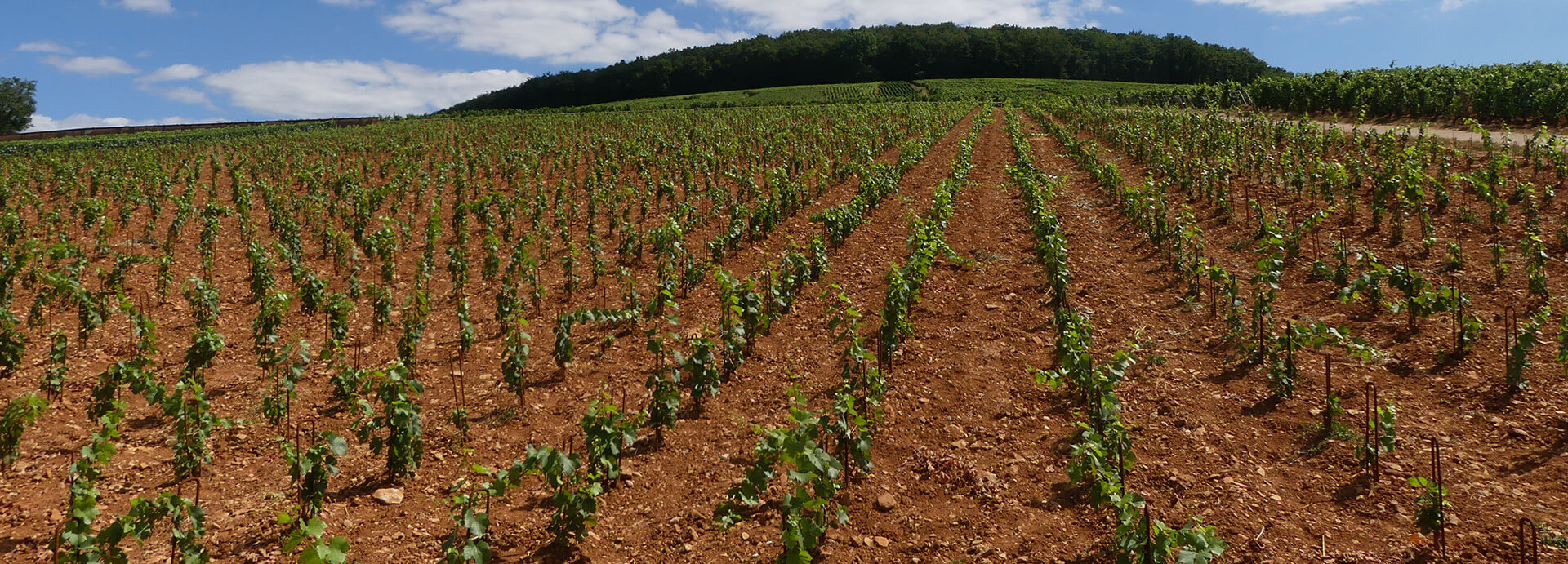
-
The management of the vineyards of Domaine Bonneau Du Martray
Respectful of the major cycles that govern living things, the estate has been certified Biodynamic since 2013 and organic. With the perpetual search for harmony between the different elements that make up living things.
Soil management
With the implementation of biodynamics, the life of the soil has developed significantly with better resistance to the phenomenon of erosion while the ripening of the grapes has improved in a homogeneous way. As Domaine Bonneau du Martray points out: "Biodynamics is a terroir enhancer, a prism that enhances every detail and presents the wine with greater purity and authenticity". The benefits for the soil and therefore the vines are multiple:
- Improved water management: soil porosity and storage capacity
- Better mineralization: mobilization of mineral salts for the benefit of vine nutrition and spontaneous flora
- Soil structure
- Return of spontaneous flora
The ripening of the fruits is more homogeneous, de facto the quality of the wines has clearly improved, they are more structured, with a greater aromatic complexity which makes it possible to best reveal the quality of the terroir.
Vine pruning
In order to optimize the reception of light by the plant in winter, the Bonneau Du Martray estate uses long sticks during pruning in order to space the buds between them.
Severe evasivation (or disbudding) is carried out with 1 out of 2 buds removed.
Stripping (the removal of hearts) is also practiced in the vines, this makes it possible to favor the primary foliage and therefore to optimize photosynthesis
As for the height of the trimming (size of the vine in height), this is also adapted in order to optimize the growth of the plant according to its exposure to the West. In order not to harm the photosynthesis of the plant, this is done between 145cm and 150cm.
Treatments
The treatments of the vine naturally follow the rules of biodynamics and biology. To fight against the heat and drought as we are currently experiencing in the 2022 vintage, the estate uses various natural methods.
Silica is used after the flower to allow the vine to better protect itself from the high heat of spring and summer. The Bonneau Du Martray estate also uses valerian as an anti-stress, this helps preserve and optimize the physiological functioning of the vine and the acid balance of the fruits.
The estate also uses chamomile chamomile and yarrow, combined together, this preparation helps protect the vines during dry periods.
The role of trimming is also important in the fight against high heat, limiting it allows you to create more shade for the fruit and the plant.
-
Winemaking at Domaine Bonneau Du Martray
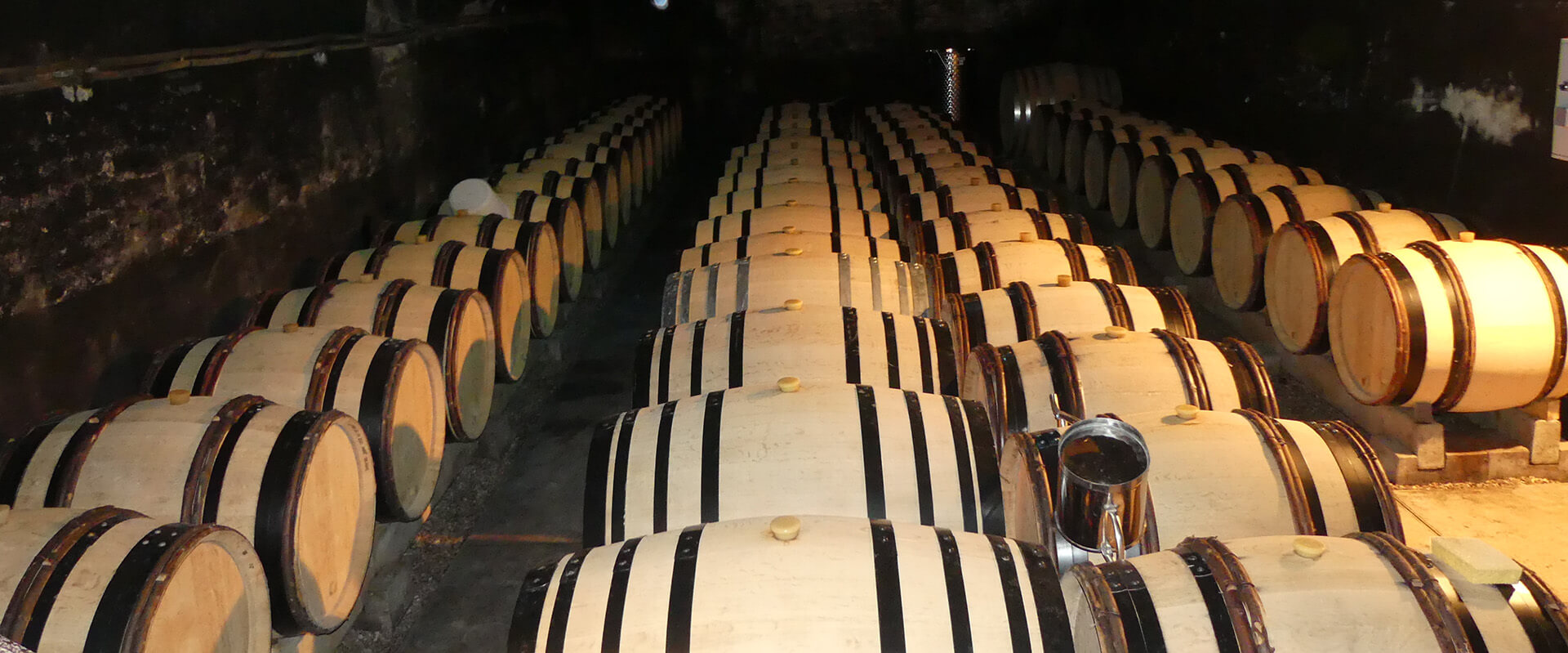
Corton Charlemagne Grand Cru winemaking
In general, the Chardonnay vines are harvested chronologically from bottom to top of the hill, from the south-west slope to the north-west slope, according to the maturity of the grapes of each parcel. The vines are harvested manually with small pierced boxes in order to avoid the compaction of the berries and therefore a start in fermentation.
Once in the winery, the berries are lightly crushed before undergoing gentle pneumatic pressing to extract the quintessence of the juice and lees from each bunch, followed by sorting in the liquid phase. This brings substance to the wine and extracts the essence of the vintage.
After settling, fermentation takes place directly in oak barrels. Each barrel is followed with great meticulousness until the first racking
Parcel aging takes place for 12 months in French oak barrels (30% new barrels) with light stirring, then 6 months in stainless steel vats with fine lees before being racked a second time to separate the lees.
Monitoring of the integration of a 600 liter barrel, a sandstone amphora, a Dolia and a concrete egg to bring purity to the wine
Subsequently, the wine undergoes a drastic parcel selection of each piece in the cellar to reach the final blend of the wine; the aim being to achieve perfect harmony between each type of the 3 microclimates present on the terroir of Corton Charlemagne. The wine is fined and filtered.
To complete this long and meticulous work, after assembly, the wine is left to rest for a month before bottling, which generally takes place around Easter during a reducing phase in the descending and waning moon with a small coefficient of tide.
The bottles are kept for a few months in the cellar before being marketed.
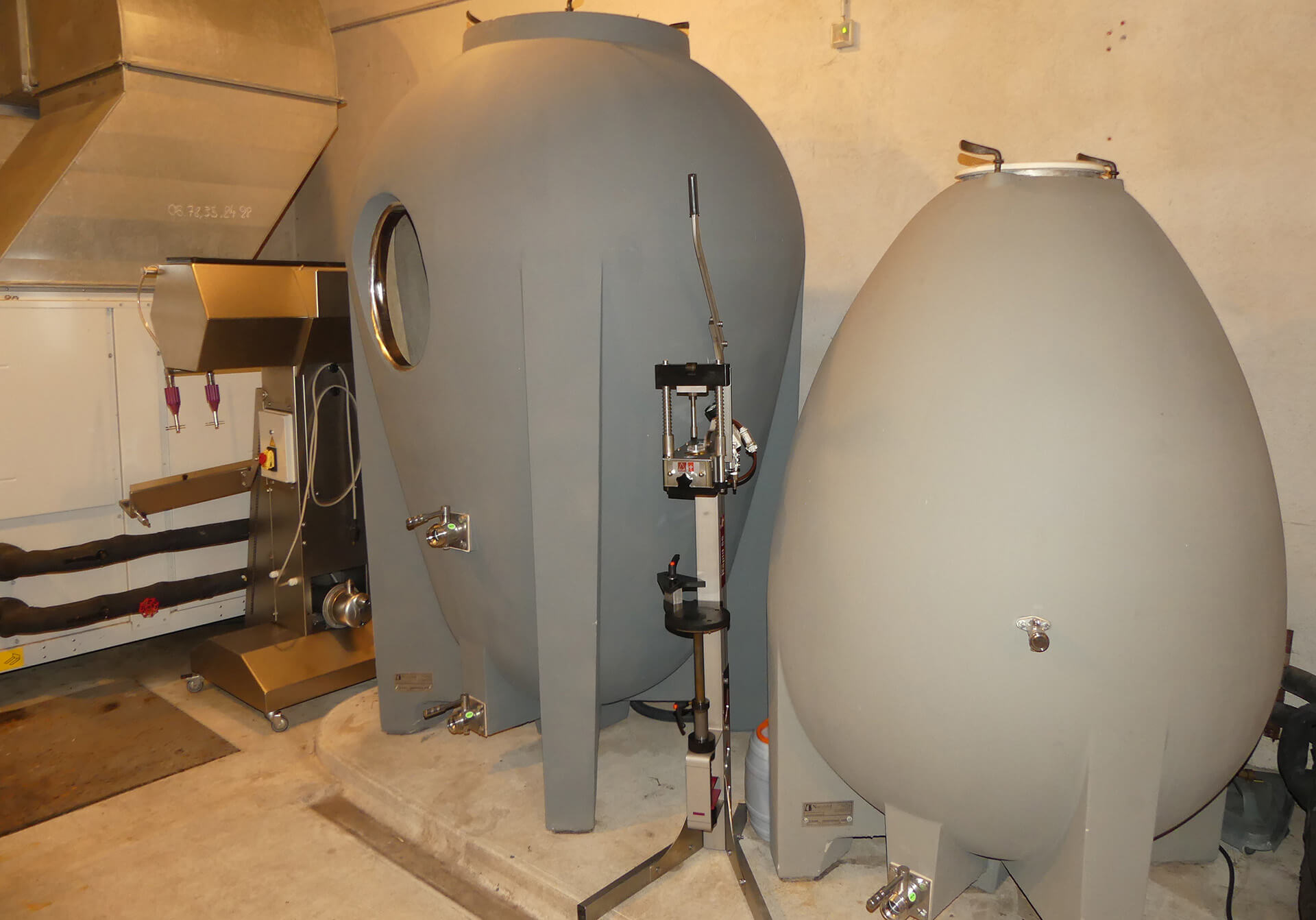
Corton Grand Cru winemaking
Like its Chardonnay counterpart, Pinot Noir is harvested manually with small pierced crates to prevent the berries from settling and therefore starting to ferment. Once in the winery, the grapes undergo severe sorting on a vibrating table. The berries are destemmed in their entirety with a long vatting and punching down and pumping over. Some of the finest fruits are vinified as a whole harvest in an amphora to extract freshness and energy.
Parcel aging is also carried out for 12 months in French oak barrels (30% new barrels), then 6 months in stainless steel vats with fine lees before being racked a second time in order to separate the lees.
Subsequently, a rigorous selection of the pieces is carried out in order to achieve a perfect harmony between all the typical characteristics of the Corton terroir. Depending on the vintage, some of the 3 plots may be excluded from the blend (Fendarde, La Plante de rouge and Les Travers).
To complete this long and meticulous work, after assembly, the wine is left to rest for a month before bottling, which generally takes place around Easter during a reducing phase in the descending and waning moon with a small coefficient of tide.
The bottles are kept for a few months in the cellar before being marketed.
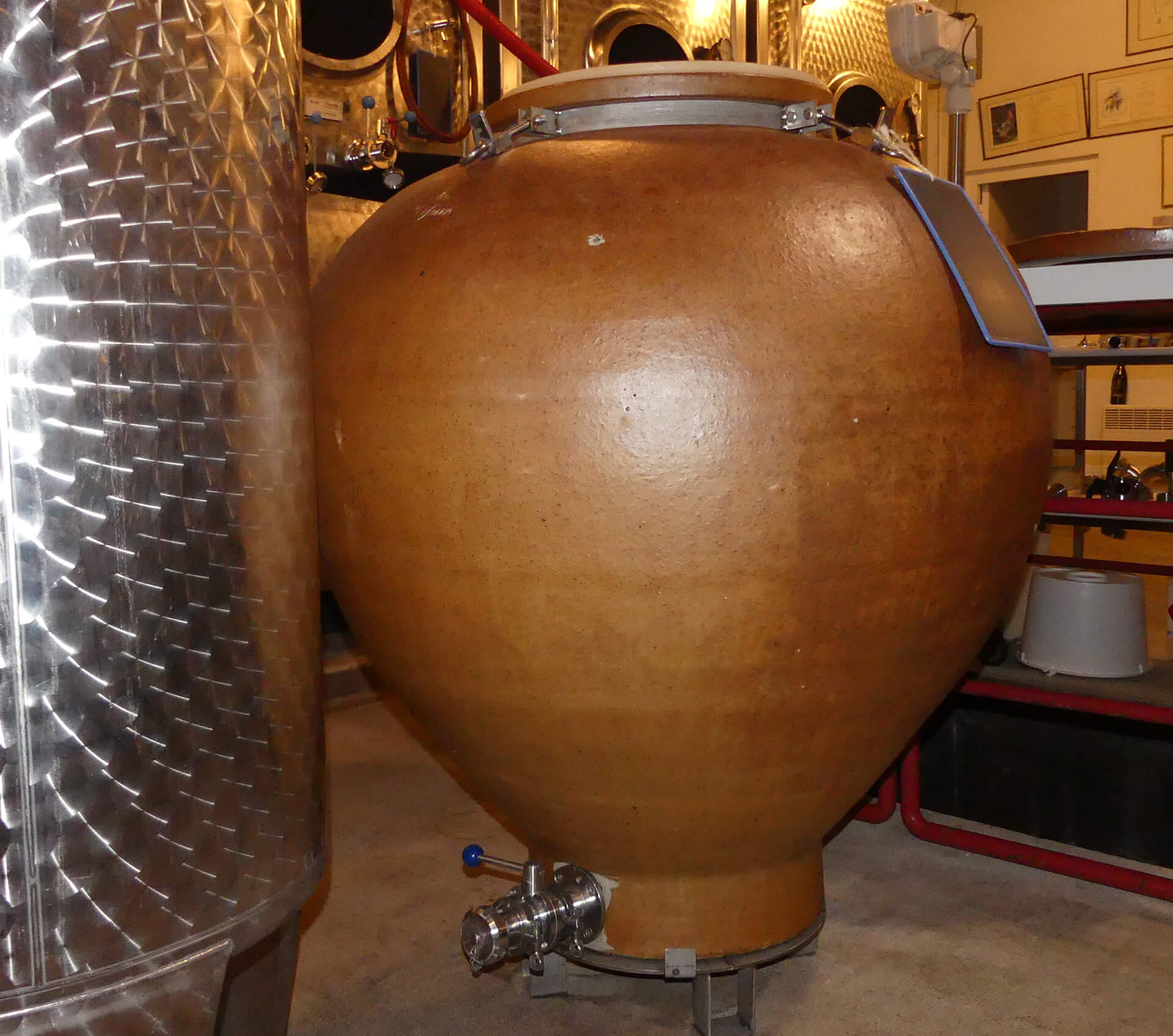
-
Domaine Bonneau Du Martray: A great historical name of Burgundy to discover
Mythical, with a very rich history, innovative, respectful of the terroir and biodiversity, the Bonneau Du Martray estate is a historical heritage of Burgundy. Throughout its history, the estate has succeeded in raising its name to the pantheon of the great wines of Burgundy but also of the world.
If you are a fan of Grands Crus, Corton Charlemagne or if you have never tasted a bottle from the Bonneau Du Martray estate, don't miss your chance!
discover the wines of DOMAINE BONNEAU DU MARTRAY
The entire Wvine team would like to thank the Domaine Bonneau Du Martray for the visit and especially for the magnificent tasting!
